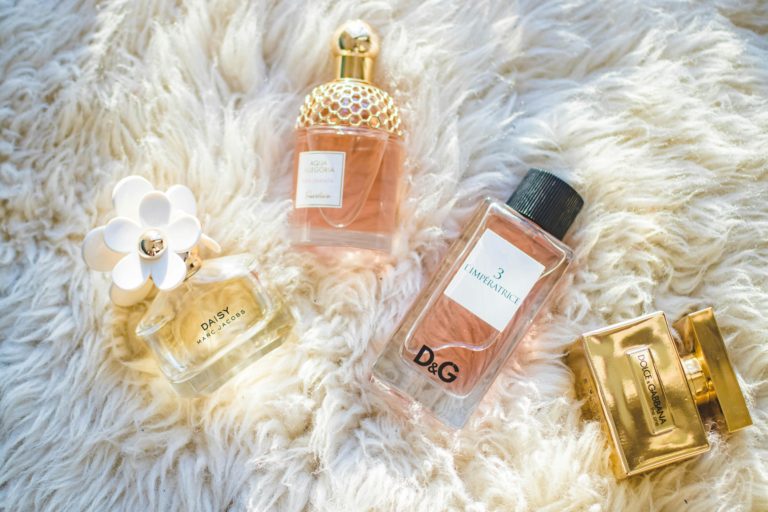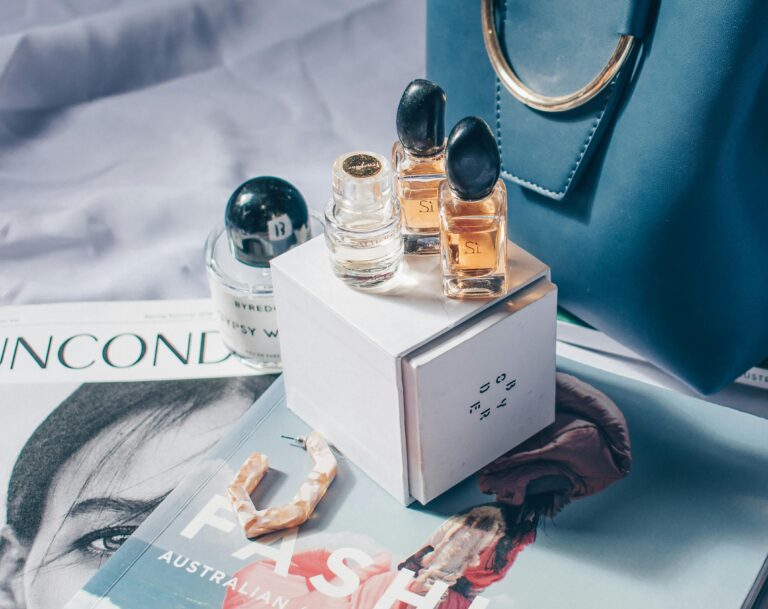In recent years, there has been a growing interest in beauty and perfume museums, with enthusiasts and scholars alike drawn to their curated collections, interactive exhibits, and educational programs. But what is it about these museums that continue to captivate audiences around the world?
Join us as we unravel the connection between beauty and perfume museums, uncovering the stories behind these cultural treasures and the profound impact they have on our understanding of beauty, fragrance, and human creativity.
The History of Beauty and Perfume Museums
The roots of beauty and perfume museums can be traced back to ancient civilizations, where fragrance and cosmetics played a central role in religious rituals, social customs, and personal adornment.
In ancient Egypt, for example, perfumes were considered sacred and were used in religious ceremonies, as well as for personal hygiene and aesthetic purposes.
Fragrance bottles and cosmetic containers were often intricately decorated, reflecting the importance placed on beauty and grooming in ancient Egyptian society.
As civilizations advanced, so too did the art of perfumery and cosmetics, leading to the creation of elaborate beauty rituals and the development of new fragrance ingredients and techniques.
By the Renaissance period in Europe, perfumers and apothecaries were experimenting with exotic spices, herbs, and flowers to create fragrances that were both luxurious and alluring.
The demand for fine fragrances and cosmetics continued to grow, leading to the establishment of dedicated perfume shops and beauty salons in major cities across Europe.
The Rise of Beauty and Perfume Museums
In the 20th century, as the beauty industry flourished and consumer interest in fragrance and cosmetics reached new heights, the idea of preserving the heritage of beauty and perfume took root. Beauty and perfume museums began to come out, offering visitors a curated glimpse into the history, culture, and artistry of fragrance and cosmetics.
Today, beauty and perfume museums can be found in cities around the world, from Paris to New York to Tokyo. These museums showcase a diverse range of artifacts, from ancient perfume bottles and cosmetic containers to vintage advertisements and packaging.
Through interactive exhibits, guided tours, and educational programs, visitors can learn about the history of perfumery, the science of scent, and the cultural significance of beauty rituals across different time periods and cultures.
The Cultural Significance of Beauty and Perfume Museums
Beauty and perfume museums play a vital role in preserving the cultural heritage of fragrance and cosmetics, ensuring that the stories and traditions behind these everyday luxuries are passed down to future generations.
By showcasing rare artifacts, archival documents, and historical photographs, these museums offer a glimpse into the lives of people from different eras and regions, highlighting the universal appeal of beauty and fragrance.
Moreover, beauty and perfume museums serve as centers of innovation and creativity, inspiring visitors to explore new fragrance ingredients, techniques, and trends.
Through temporary exhibitions and collaborations with contemporary perfumers and cosmetic brands, these museums bridge the gap between the past and the present, fostering a deeper appreciation for the artistry and craftsmanship behind modern-day beauty products.
The Future of Beauty and Perfume Museums
As we look to the future, the role of beauty and perfume museums in preserving and promoting the heritage of fragrance and cosmetics will become increasingly important. In an age of mass production and disposable consumer culture, these museums offer a counterbalance, reminding us of the timeless allure of beauty and the enduring power of scent.
With advancements in technology and multimedia storytelling, beauty and perfume museums have the opportunity to engage audiences in new and exciting ways, offering immersive experiences that appeal to all the senses.
From virtual reality tours to scent-based installations, the possibilities for innovation are endless, ensuring that beauty and perfume museums remain relevant and impactful in the years to come.
Conclusion
Beauty and perfume museums offer a captivating journey through the history, culture, and artistry of fragrance and cosmetics. From ancient rituals to modern-day innovations, these museums celebrate the timeless allure of beauty and the transformative power of scent. By preserving the heritage of fragrance and cosmetics, beauty and perfume museums ensure that the stories and traditions behind these everyday luxuries are passed down to future generations, inspiring us to explore new possibilities and appreciate the beauty that surrounds us.
FAQs
Q1: What can I expect to see at a beauty and perfume museum?
At a beauty and perfume museum, you can expect to see a diverse range of artifacts, including ancient perfume bottles, vintage cosmetics, historical advertisements, and interactive exhibits exploring the science and artistry of fragrance and cosmetics.
Q2: Are beauty and perfume museums suitable for children?
Many beauty and perfume museums offer educational programs and interactive exhibits designed specifically for children, making them suitable for families and young visitors.
Q3: Can I purchase fragrances and cosmetics at a beauty and perfume museum?
Some beauty and perfume museums have gift shops where visitors can purchase a curated selection of fragrances, cosmetics, and skincare products inspired by the museum’s collections and exhibitions.
Q4: Are there any famous beauty and perfume museums?
Yes, there are several famous beauty and perfume museums around the world, including the Musée Fragonard in Paris, the Osmothèque in Versailles, and the Museum of Perfume in New York City.
Q5: How can I support beauty and perfume museums?
You can support beauty and perfume museums by visiting them, attending their events and exhibitions, and spreading the word about the valuable work they do in preserving and promoting the heritage of fragrance and cosmetics. Additionally, many museums rely on donations and memberships to fund their operations, so consider becoming a member or making a contribution to support their mission.



